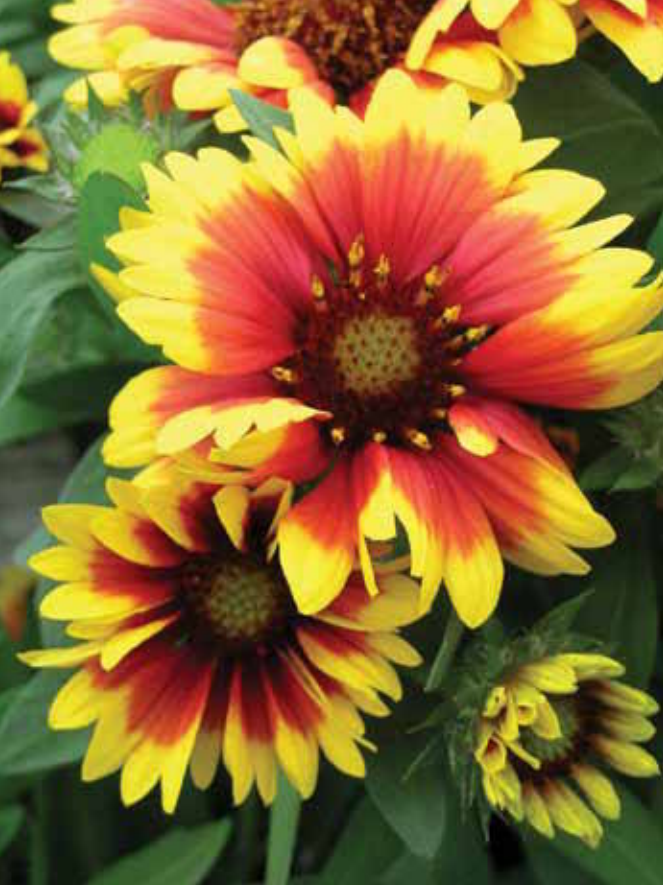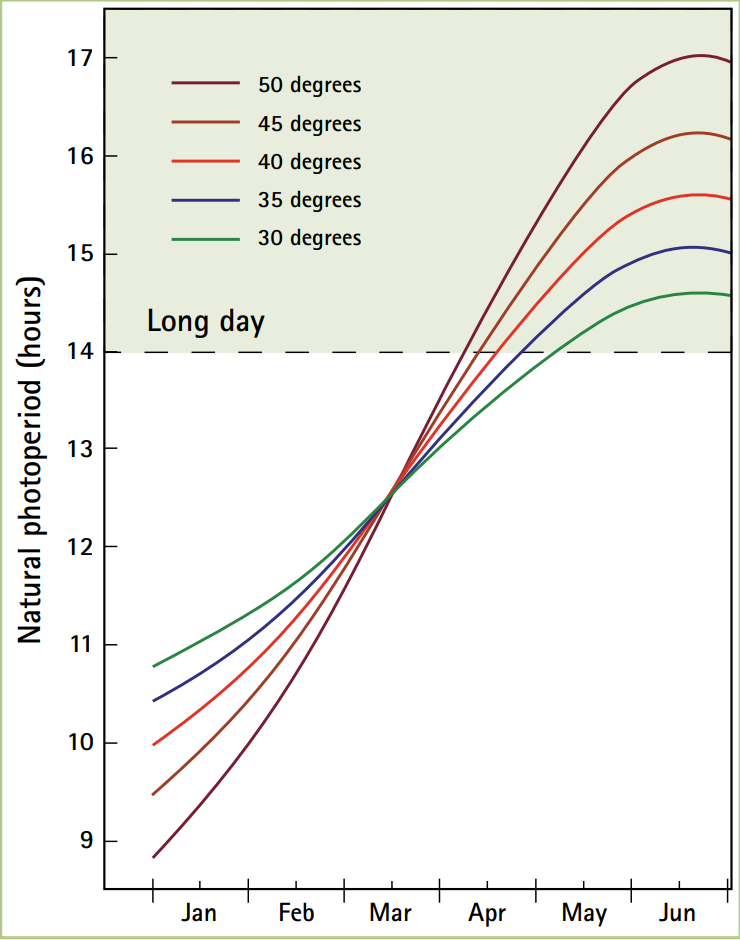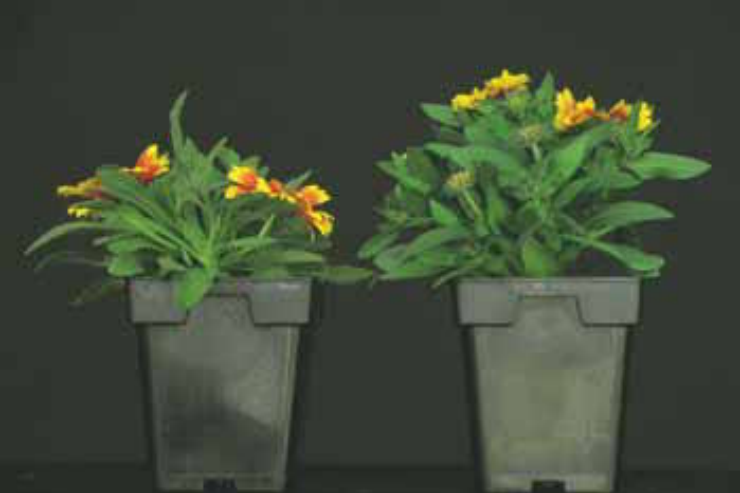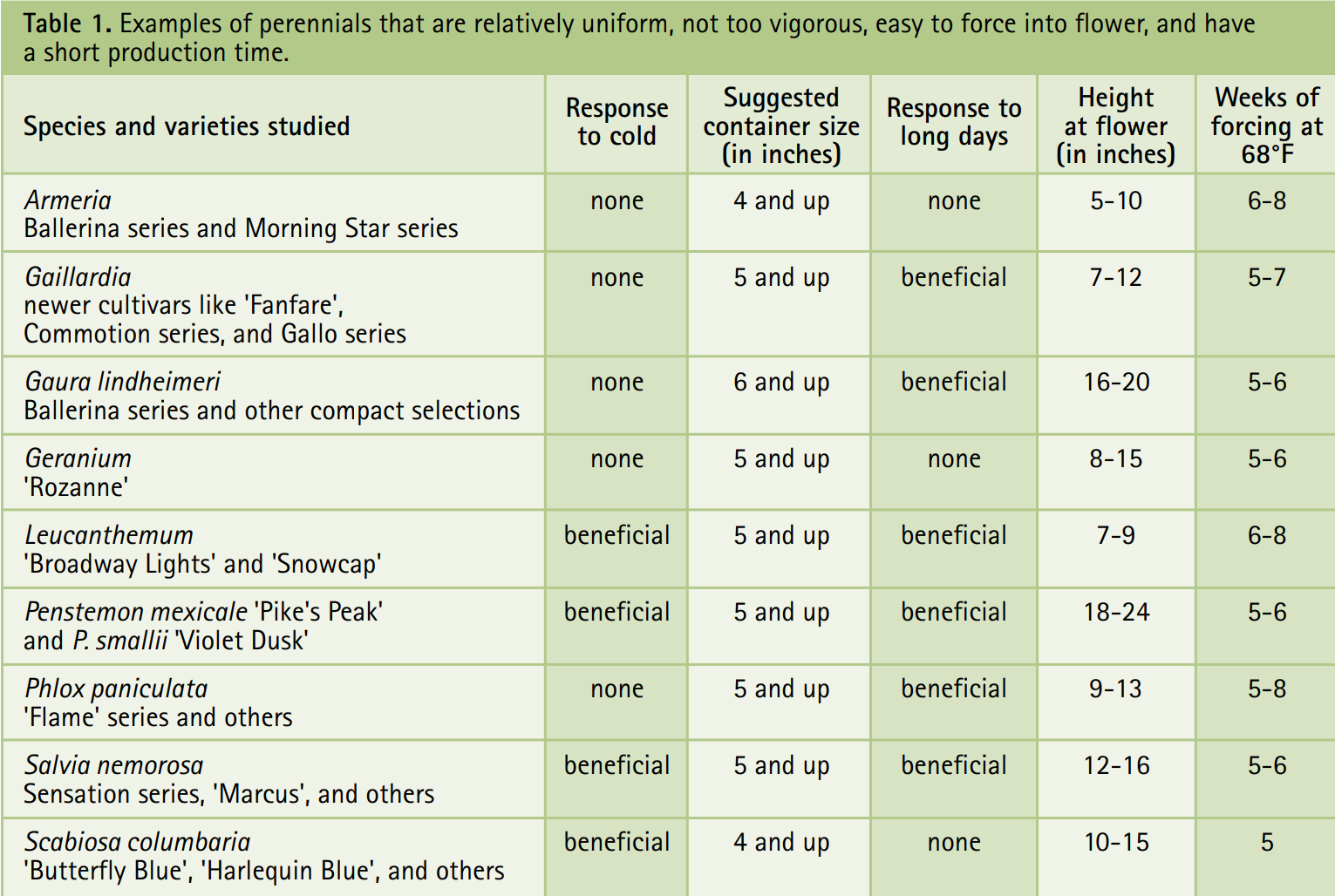
Grow perennials with your annuals
DOWNLOADDecember 29, 2010 - Cathy Whitman and Erik Runkle
Grow Perennials With Your Annuals
by Cathy Whitman and Erik Runkle
Herbaceous perennials have a bit of mystique. Producers sometimes view them as temperamental plants that are either sold green to avid collectors or require lots of time and effort to produce in flower. Grower interest in perennial flowering requirements has been high, and research at Michigan State University over the last two decades has determined the flowering requirements of more than 600 cultivars and species of herbaceous perennial. We have found that while some do require specific conditions to flower, many are as easy to grow as annuals and can readily be produced alongside bedding plants. Breeders are actively selecting and releasing cultivars that are easy to force, and there are more choices every year. Exploring some of these can add an exciting variety of colors and textures to your product mix, and these plants can spice up container gardens and hanging baskets (Figure 1).
Two factors that influence flowering in many (but not all) temperate herbaceous perennials are vernalization and photoperiod. Vernalization is defined as a cold treatment usually at 35 to 45°F) that either hastens or is required for subsequent flowering of a plant. For many perennials, six to eight weeks at this low temperature is sufficient to induce flowering. An increasing number of perennials is available that don’t require cold for flowering. Additionally, some perennials that require (or benefit from) cooling can be purchased as vernalized plugs, liners, or divisions, which eliminates the need for providing a cold treatment yourself.

Photoperiod, or day length, also influences flowering in many perennials, just as it does with many bedding plants. Most temperate perennials we’ve tested that respond to photoperiod are long-day plants, meaning they either require long days (LD) to flower or bloom more quickly under LD than under short days. For many species, the critical photoperiod, or minimum daylength that will induce flowering, is between 13 and 14 hours. Fortunately, the naturally-lengthening ambient photoperiods of spring are ideal for inducing flowering in many of these species for late spring or early summer sales (Figure 2). Night-interruption lighting until April will accelerate flowering of crops that benefit from or require long days (Figure 3).
There are herbaceous perennial species that fit into every common category of vernalization (none, beneficial, or required) and photoperiod (long days not needed, beneficial, or required) response. Check our web site at http://hrt.msu.edu/perennialresearch for extensive tables summarizing this information. For easiest spring forcing, choose plants that don’t need cold, and either do not respond to photoperiod or benefit from LD to hasten flowering. Plants that grow rapidly but remain relatively compact are also easiest to produce. We have suggested some good candidates to start with based on these selection criteria (Table 1).
In our research greenhouses, plants are grown at constant temperatures of 65 to 70°F, and this range is satisfactory for growing-on and forcing of most temperate herbaceous perennial species. As with most crops, plant quality can be higher when perennials are grown at cooler temperatures, especially during early spring when light intensities are low. However, flowering is increasingly delayed at lower growing temperatures.
Most herbaceous perennials are not heavy feeders, and we suggest providing constant feed at 125 to 150 ppm N from a complete fertilizer with micronutrients. Maintain the pH between 5.8 and 6.2 for most species, and use a high-quality, well-drained medium. In other words, a fertility program used successfully with bedding plants can also be used on most herbaceous perennials.
Many perennials are vigorous and naturally tall, so they require height control. First, select from the many new varieties that have a compact habit. Like annuals, perennials will stretch if crowded or shaded. Application of plant growth retardants (PGRs) is often needed, and we have evaluated the effectiveness of several PGRs on many species. Photographs that document responses to perennials are available on our web site at http:// hrt.msu.edu/floraoe/pgrinfo. While no single chemical controls height on all species, uniconazole (Concise and Sumagic) was effective on the widest range of varieties tested. Daminozide (B-Nine and Dazide) and paclobutrazol (Bonzi, Paczol, and Piccolo) were also effective on many species. Rates suitable for the South can be found online at www.gpnmag.com/index.cfm/ fa-showPGRSearchForm.
Don’t forget that some species are grown primarily for their foliage, eliminating the need to induce flowering. Foliage with colorful variegation or shades of bronze, gold, or purple make Lamium, Tiarella, Heucherella, Heuchera, and some Sedum wonderful additions. Some crops, such as Lamium, only require four to six weeks to adequately fill a container. Ornamental grasses can also provide desirable textures, colors, and forms.






 Print
Print Email
Email
